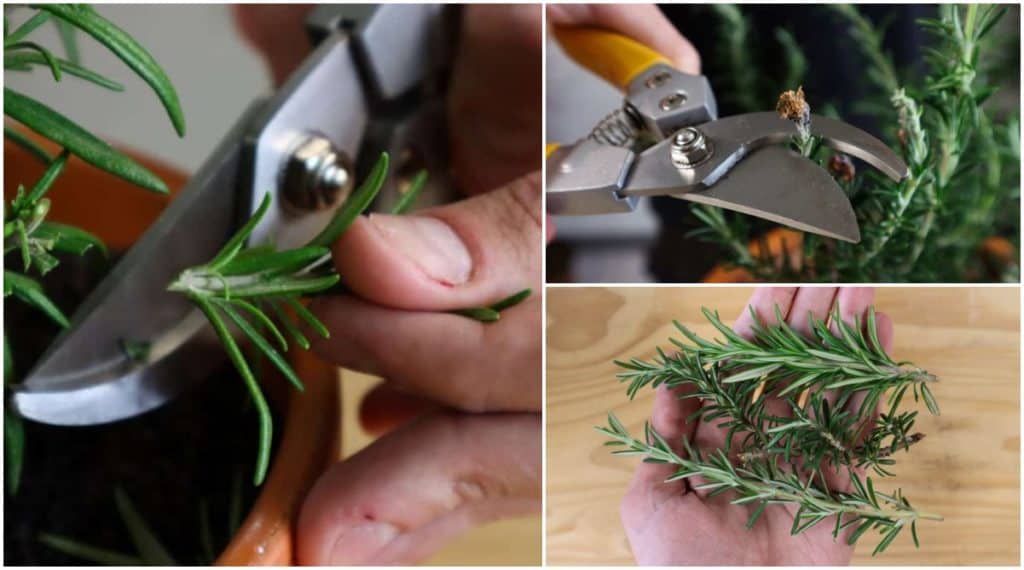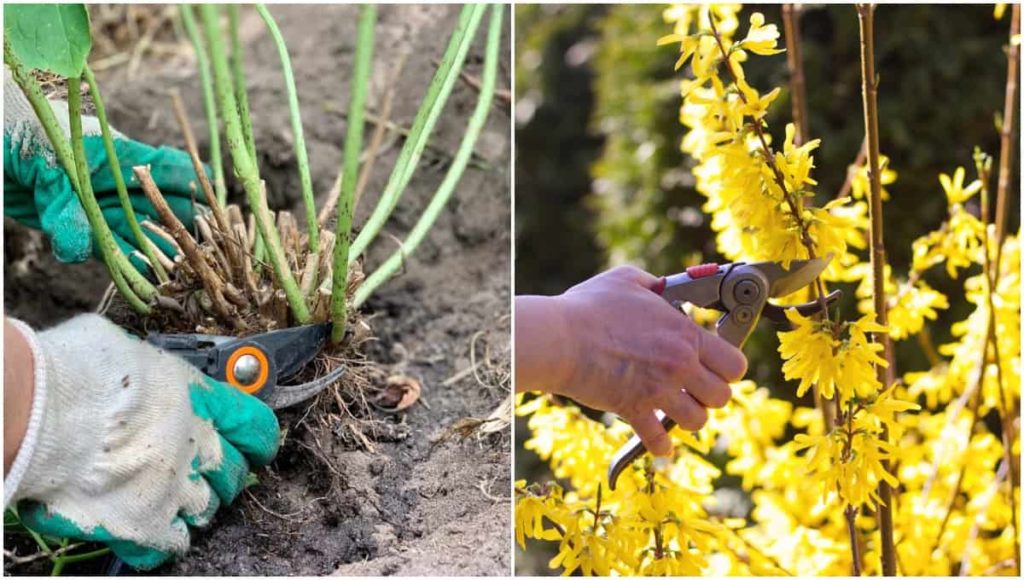
Pruning is an essential garden maintenance task. Most plants will need some kind of trim throughout their lifetime – shrubs and trees in particular.
Some gardeners dread this time, others enjoy the structure and interaction with their plants. But no matter which side of the fence you fall on, there is no doubt it needs to be done.
As one of the more technical gardening tasks you’ll complete throughout the year, pruning can be difficult to get right every time. There are so many things to consider, from pruning time to the amount of pruning that needs to be done, that it’s quite easy to make a mistake.
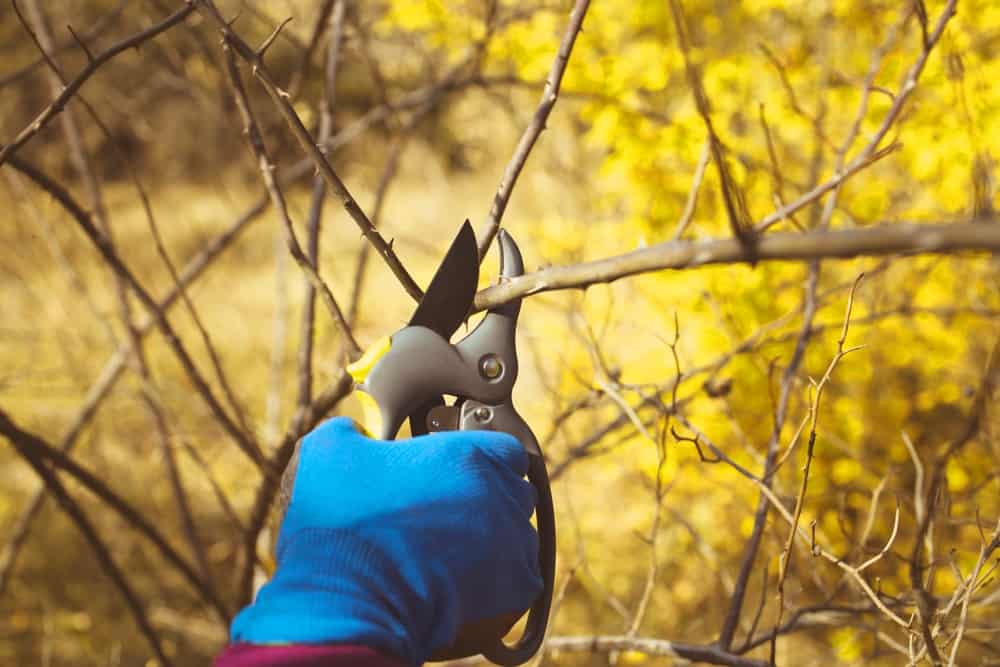
If you’re guilty of one of these 10 mistakes, take comfort in the fact that you’re certainly not alone. These mistakes are incredibly common, even for some experienced gardeners. Luckily, if you know what to avoid, they’re also incredibly easy to prevent.
1. Using blunt tools
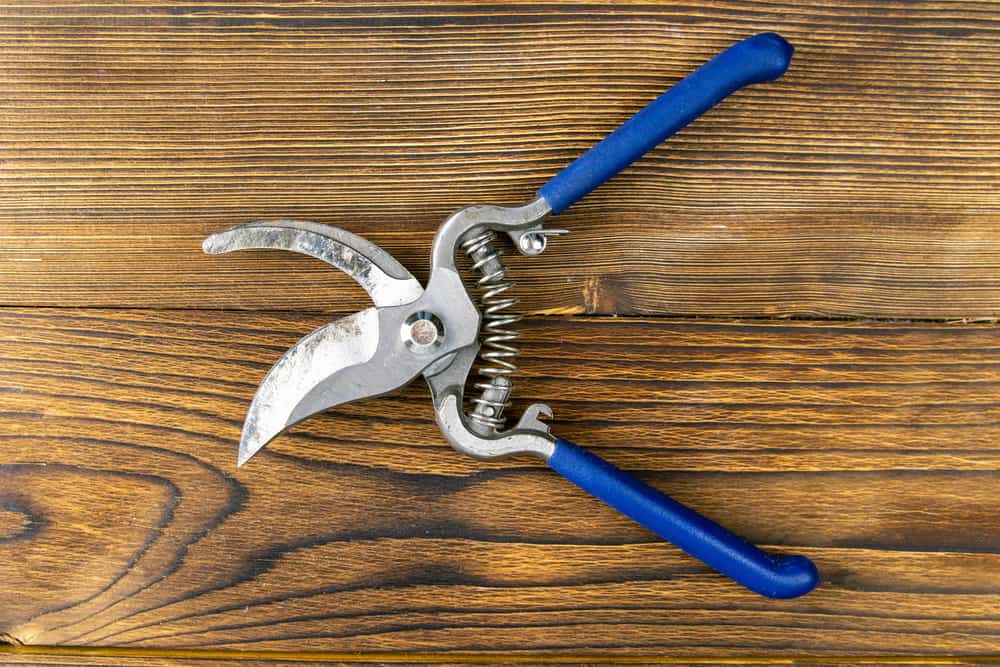
The first mistake many gardeners make – and even some professional gardeners – is using blunt tools.
This is usually not out of ignorance (we all know it’s far easier to prune with sharp shears), but laziness. And I don’t blame any gardener for forgetting this crucial step. Who wants to spend time painstakingly sharpening tools when they could be out in the garden?
However, skipping this step is many gardeners’ downfall.
For starters, blunt shears are incredibly difficult to work with. They don’t make clean cuts and require far more force and maneuvering on your part to get the job done.
But beyond the added effort, they’re bad for the plant.
Most often, the goal of pruning is to encourage the plant to grow better, stronger and healthier. If a branch is damaged by blunt shears, it is far more likely to face trauma and stunted growth. These rough cuts do not heal quickly and are likely to strip the bark or stem, creating an even larger open wound vulnerable to damage.
It may be a tedious task, but you won’t regret spending the time when you see the healthy growth of your beloved plants.
And with this tutorial for cleaning and sharpening rusty, blunt tools it couldn’t be easier.
2. Using dirty tools
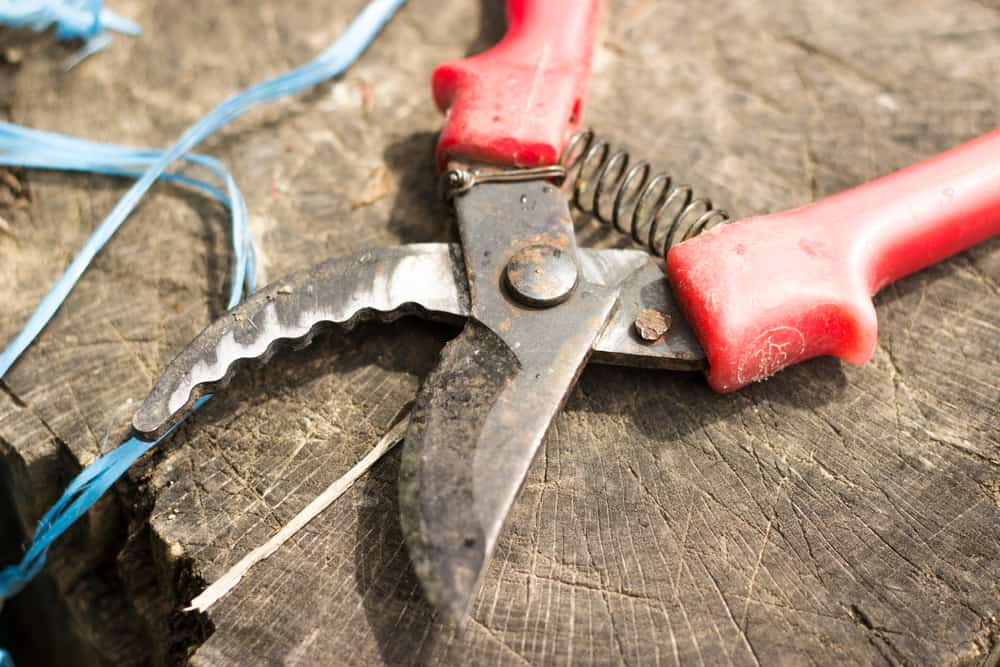
There are two things your pruning tools should never be. The first, as we’ve seen, is blunt. The second is dirty.
Gardeners are notorious for picking up their pruning shears in whatever condition and popping off into the garden for a quick clean-up. While some may clean them thoroughly after a long afternoon session, few remember to do so after snipping one or two branches. However, it is vital to keep these tools continuously clean to prevent one dangerous threat – disease.
Fungal and bacterial diseases are common in home gardens. They like to hide in a number of nefarious places, waiting to strike. One of those places is your gardening tools.
If you’ve recently pruned a diseased branch off a plant, using those same shears to prune another healthy plant will likely transfer that disease. You may not even notice you have transferred a disease until it is too late.
Besides this risky issue, keeping your tools dirty also degrades their quality. Metal tools will rust far quicker and become less useful if not kept clean and well stored.
Save yourself another trip to the nursery and take good care of the ones you have. You’ll help your wallet and your plants at the same time.
3. Making an incorrect cut
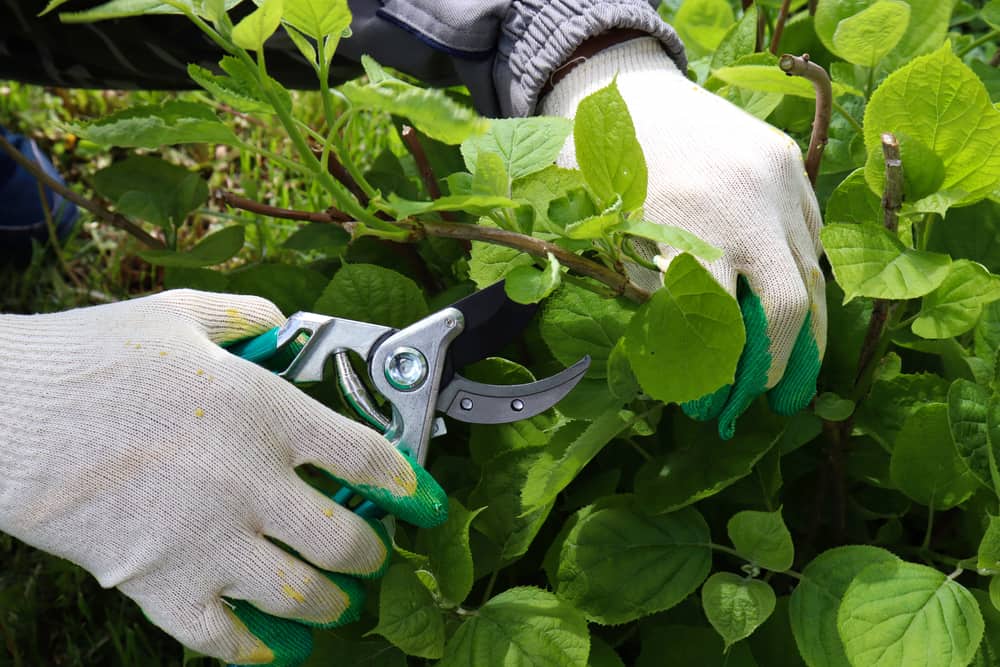
Once your tools are ready to go, you’ll need to tackle pruning technique. What seems like an incredibly simple task – cutting a branch – can be your downfall if done incorrectly.
The main concern is placement. Pruning cuts need to be made in the correct place to ensure the plant grows back correctly. This is especially important when it comes to tree pruning.
Cutting in the wrong place – such as cutting too close or too far from the trunk of a tree – can cause problems with healing, making the tree vulnerable to disease and rotting.
When it comes to soft-stemmed plants, cuts are usually made above a leaf node. This encourages the plant to grow new stems from the site of the node, improving growth. If you cut too close the node, you may damage it and it will not grow back. If you cut too far above a node, that part of the branch will begin to die off, preventing new growth and encouraging disease.
Along with placement, angle is also important. Pruning cuts should always be made at an angle to allow the water to run off the top.
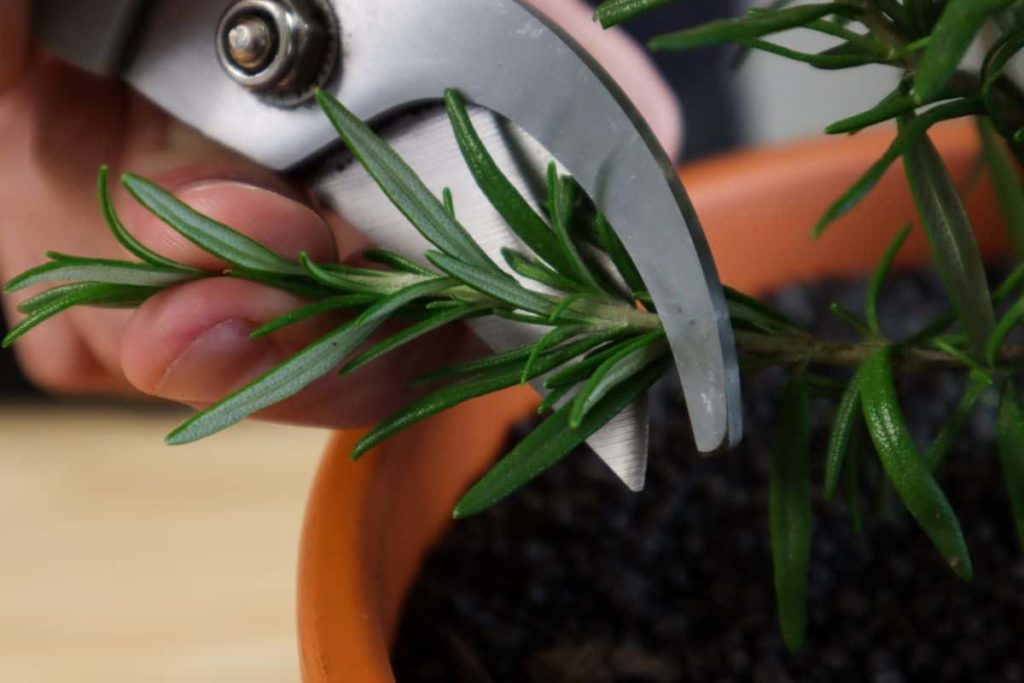
This is especially important for plants with thick branches. Flat cuts that sit straight upwards can collect water, stopping the cut from healing causing the branch to rot.
4. Heavy pruning during the growing season
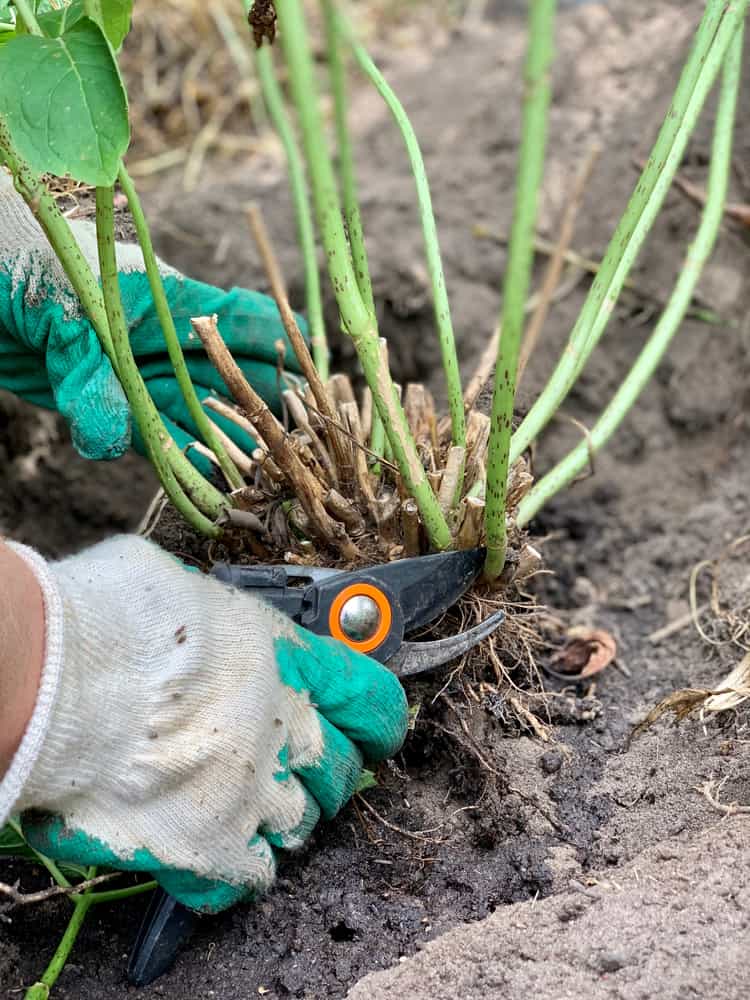
As plants begin to kickstart growth during their growing season – usually spring – new leaves and stems form at rapid rates. These leaves give the plant more energy through photosynthesis, allowing them to grow even bigger. If you cut off too many of these new leaves and stems, you will interrupt this cycle of growth, resulting in shock.
Related Reading: 15 Plants You Should Never Prune In Spring
Heavy pruning at the wrong time can irreparably damage the growth of the plant. Plants with stunted growth or an interruption in their natural growth may take years to recover, if they even recover at all.
A heavy prune is best saved for the plant’s dormant season, if it needs to be done at all. Many plants will not need such an intense cutting. It is always better to err on the side of too little rather than too much, especially at the wrong time.
5. Light pruning at the end of the season
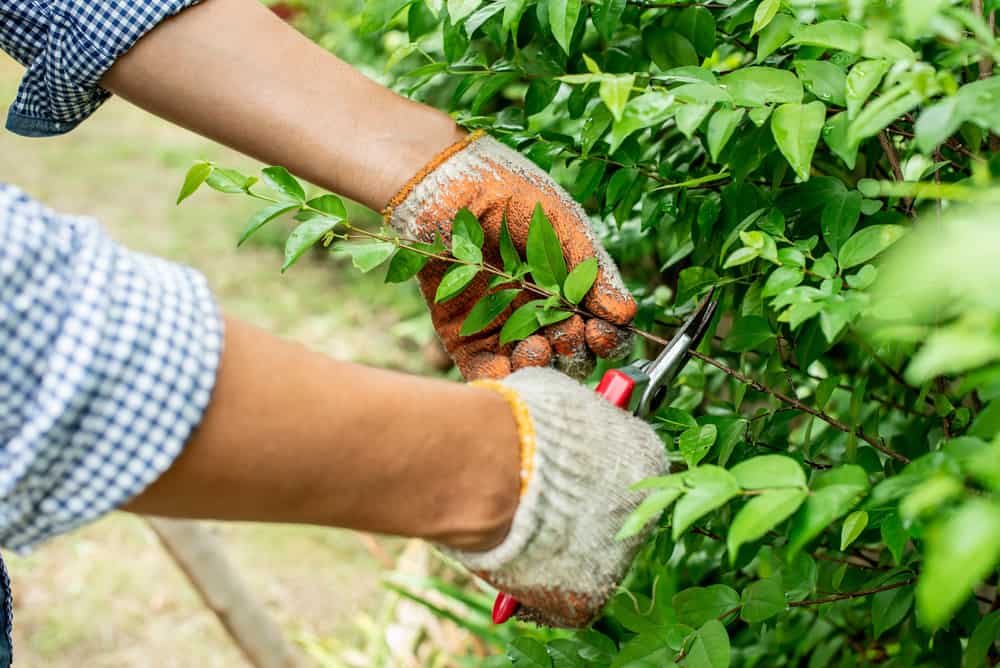
At the opposite end of the spectrum, we have light pruning in the wrong season.
Light pruning involves snipping a few branches here and there to promote new growth and branching, and could even include deadheading flowers to encourage more flowers to grow. This is usually done during the peak growing period as the plant grows back more vigorously.
Light pruning encourages the plant to produce new, tender growth. If this is done towards the end of the growing season, around fall, this new growth becomes vulnerable to colder temperatures.
Depending on the plant, new growth is typically more susceptible to cold and frost damage. If this new growth dies off, it can stunt the growth of the plant or cause rotting, encouraging disease.
Light pruning is best kept to the start of the season when the plant is still young, and again, only if necessary.
6. Over-pruning
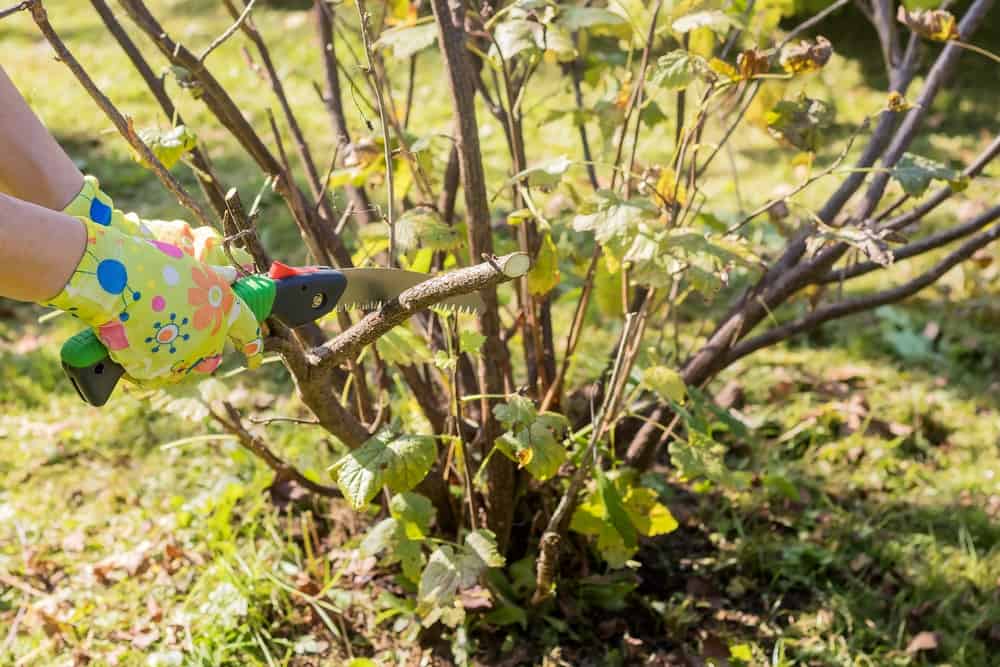
No matter what time of the year it is, the risk of over-pruning is ever-present. Some plants require very little pruning to stay in shape, others require none at all. It’s important to assess the needs of your plant and only prune when and if absolutely necessary.
Any cuts you make to a plant, old or new, are left as open wounds. While plants are able to heal these wounds and come back stronger, they are still wounds that leave the plant vulnerable. Rather than training the plant correctly and aiding growth, over-pruning will only cause further stress.
If your plant needs a serious trim, it’s best to do this in stages rather than all at once. By leaving two weeks between each cutback, you give the plant time to recover and adjust, limiting potential problems later on. Depending on the plant, you can do this as many times as required to get the plant down to the desired size.
Over-pruning can also be a risk when shaping a plant. You may want to give it a particular look, or cut it in a way that suits your garden design, and in the process, cut back too far.
Whenever you begin pruning, always remember that plant health comes first. It’s far better to have a slightly out of shape plant than a dead one.
7. Not pruning at all
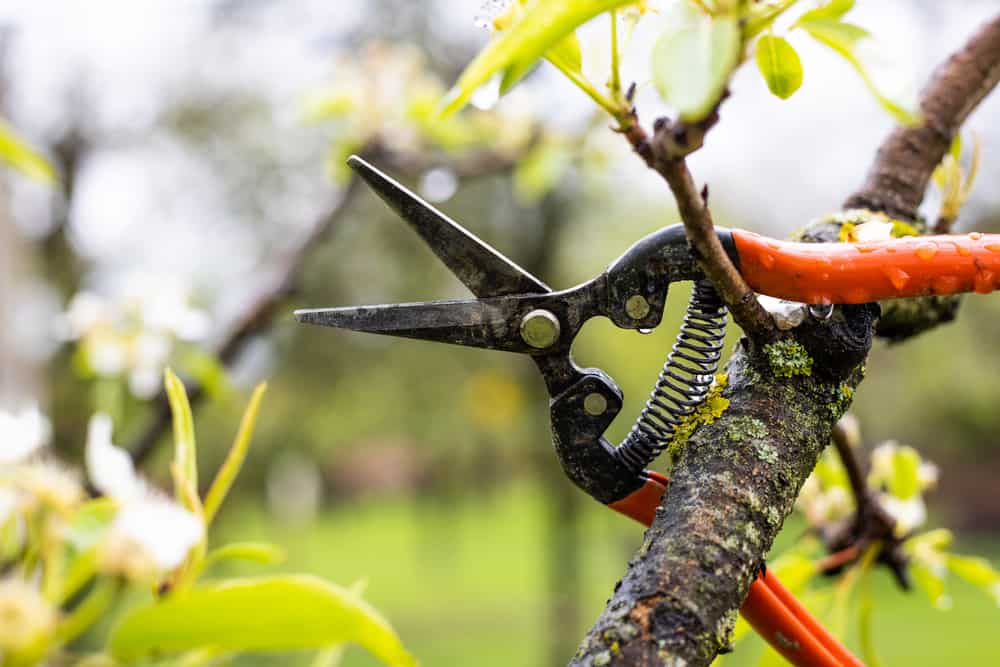
The alternative mistake to over-pruning is not pruning at all. This mistake is usually less risky – plants survive in the wild just fine without our help – but it does contribute greatly to the health of our garden plants.
Many plants don’t explicitly need to be pruned to aid growth. However, they still need dying or underperforming branches, diseased leaves, or spent flowers to be removed. If left on the plant, these unsightly elements sap energy from the plant that could be put into new growth.
Pruning also prevents the likelihood of pests and diseases, as they tend to attack vulnerable parts of the plant first.
Other plants will underperform without pruning in the early stages of growth. This largely applies to fruit-bearing plants but can apply to ornamental flowering shrubs too.
Early pruning trains the plant to be its most productive, improving shape and airflow. The increased airflow aids fruiting and prevents disease from settling within dense areas of growth around the plant.
Check the requirements of your plant to determine what level of pruning needs to be done before you start.
8. Removing the tops of trees
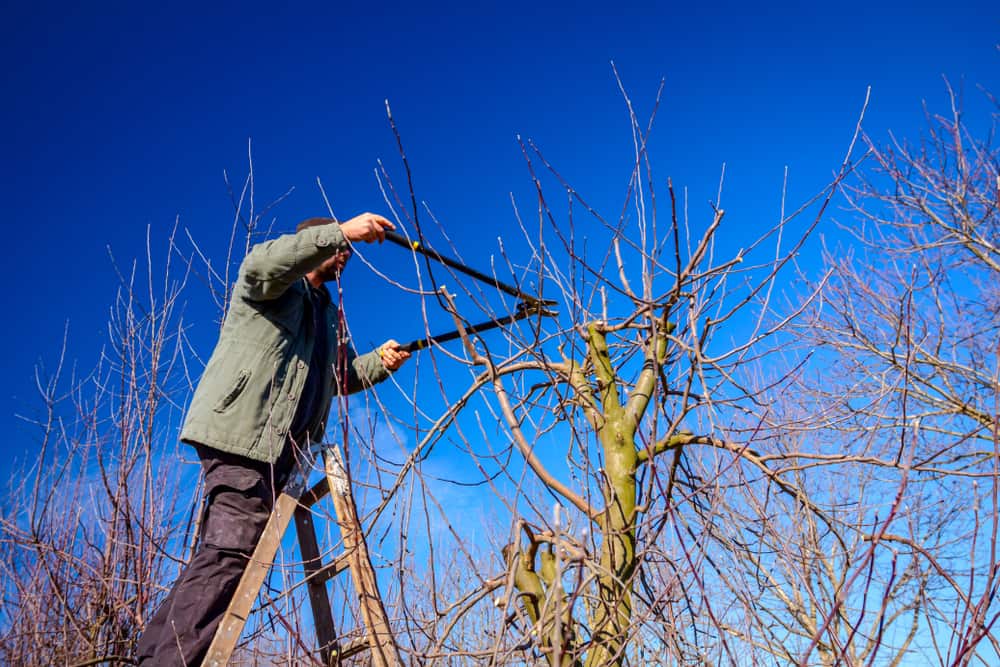
This mistake is one that only applies to trees (and some shrubs), but it is also one of the most damaging.
Known as topping, removing the central leader (the main branch of upward growth) dramatically stresses a tree.
A central leader is an important part of the structure of a tree, guiding you in the correct pruning technique and helping you know which branches to cut and which to save.
A strong central leader thus ensures strong growth throughout the tree. If this central leader is cut at the top, several new branches will form. These new branches will be weaker than the single central branch and may unbalance the weight and size of the tree overall.
The topping mistake is usually made when a tree or shrub gets too big for the space it was planted in. Unfortunately, this is not a good way to control growth, and will only end up harming the plant in the long run.
Ensure you’re aware of the mature size of the tree before planting, or choose a shrub that can be cut back to a manageable size without any adverse effects.
9. Pruning without purpose
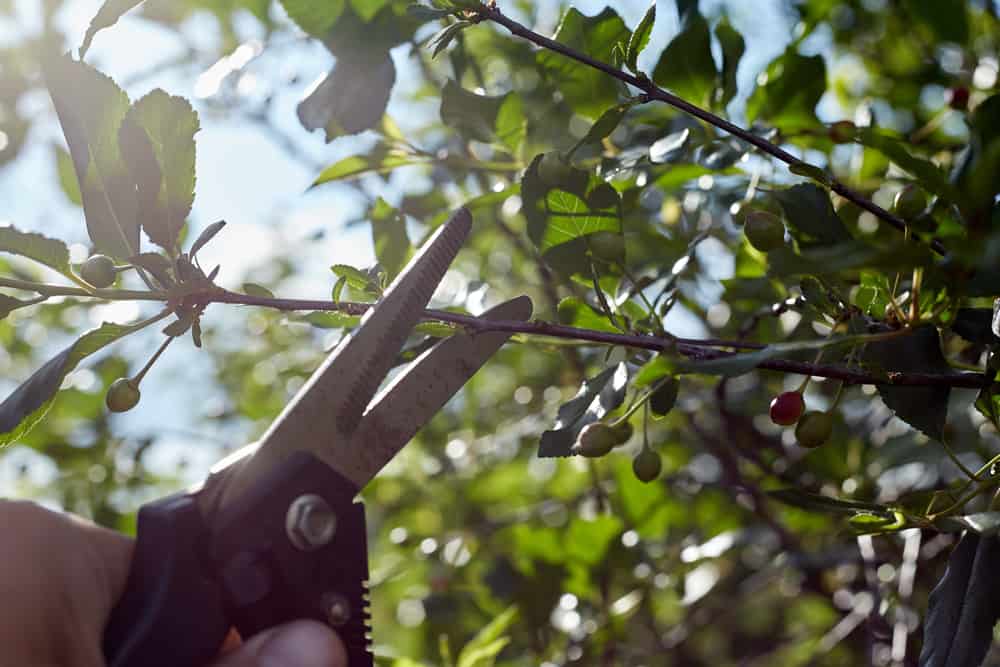
Pruning is one of those tasks that may be difficult to understand. There are many reasons to prune, each with potentially different techniques. For beginner gardeners in particular, this minefield can lead to much confusion and ineffective pruning that serves no purpose, purely because ‘it’s what gardeners do’.
Pruning randomly without any goal or purpose in mind is likely to lead to uneven growth in your garden and stressed-out plants.
As mentioned before, pruning creates open wounds that the plants need to take time to heal. If you go into the exercise without a plan or reason, you are technically unnecessarily harming the plant. It may not immediately impact growth, but continuously pruning in this way will end up doing more harm than good.
Pruning with a purpose also dictates the technique used. Gardeners looking to cut down on size and others looking to promote growth will likely have completely different processes.
By knowing what your goal is before beginning, you can ensure you use the right technique at the right time to achieve your goals.
At the end of the day, it’s best to save your pruning shears for when you really need them.

